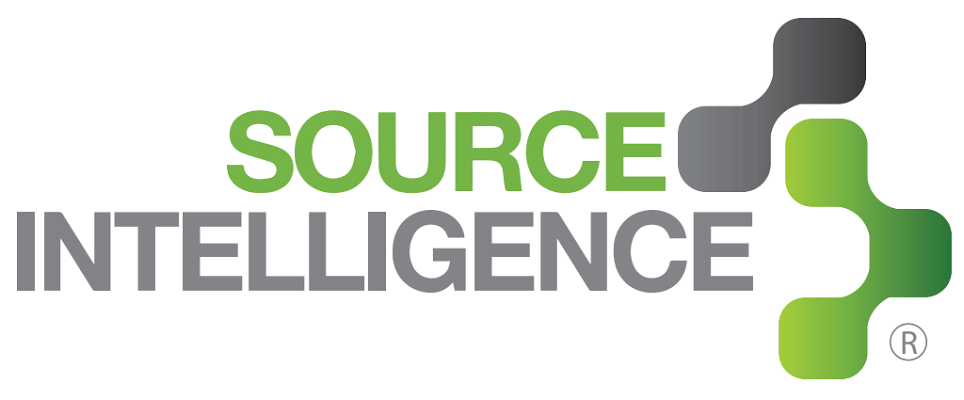Source Intelligence Releases New Paper
Conflict Minerals Compliance Program Implementation: An Analysis of 4 Prevailing Approaches

On May 31, 2014 under Section 1502 of the SEC’s Conflict Minerals Rule, U.S. publicly traded companies will have to file a special disclosure for the 12-month reporting period ending on December 31, 2013. The aim of the rule, mandated by the Dodd-Frank Wall Street Reform and Consumer Protection Act, is to provide transparency into corporate practices and specifically to reduce funding for armed groups involved in human rights violations in the Democratic Republic of the Congo and surrounding countries. Section 1502 compels public disclosure for any issuer whose products are identified as containing one or more of the four conflict minerals (tantalum, tin, tungsten and gold also known as “3TG”) suspected to have originated in the DRC or surrounding countries. Said minerals are found in thousands of products ranging from electronics such as phones, televisions, and computers to jewelry, toothpaste, PVC pipe, and even anti-microbial fabrics. Minerals contained in products that are found to be sourced from the covered countries will trigger a “not found to be conflict free” disclosure, while minerals that are not found to be sourced from the covered countries will trigger a “conflict free” disclosure. Where an Issuer is unable to determine the source of 3TG minerals, an “Undeterminable” classification may be filed along with a Conflict Minerals Report detailing the reasonable and good faith effort to try to determine their origin.
According to the rule, an estimated 5,994 public companies that file with the SEC will have to provide new disclosures. Moreover, approximately 275,000 private companies that are part of issuers’ supply chains will also be expected to provide conflict minerals due diligence to their public customers. Furthermore, a 2011 study by Tulane University, assessed the costs of implementing the Dodd-Frank conflict minerals regulation to be $7.93 billion — more than one hundred times greater than the initial estimate prepared by the U.S. Securities and Exchange Commission (SEC) of $71.2 million that was later revised to $3 billion to $4 billion.
Companies are now discovering first hand that complying with the rule is not as straightforward as expected. Factor in the depth and complexity of global supply chains, language barriers, political obstacles, confidentiality concerns, supplier resistance plus the sensitive nature of the materials being traced and it is not surprising that over 75% of companies surveyed by PricewaterhouseCooper’s July 2013 report: “How Companies Are Preparing” are either inactive - waiting or unsure if the rule applies - or in the very early stages - beginning to identify products and suppliers of interest - of implementing their conflict minerals program.
To download the entire paper click HERE

